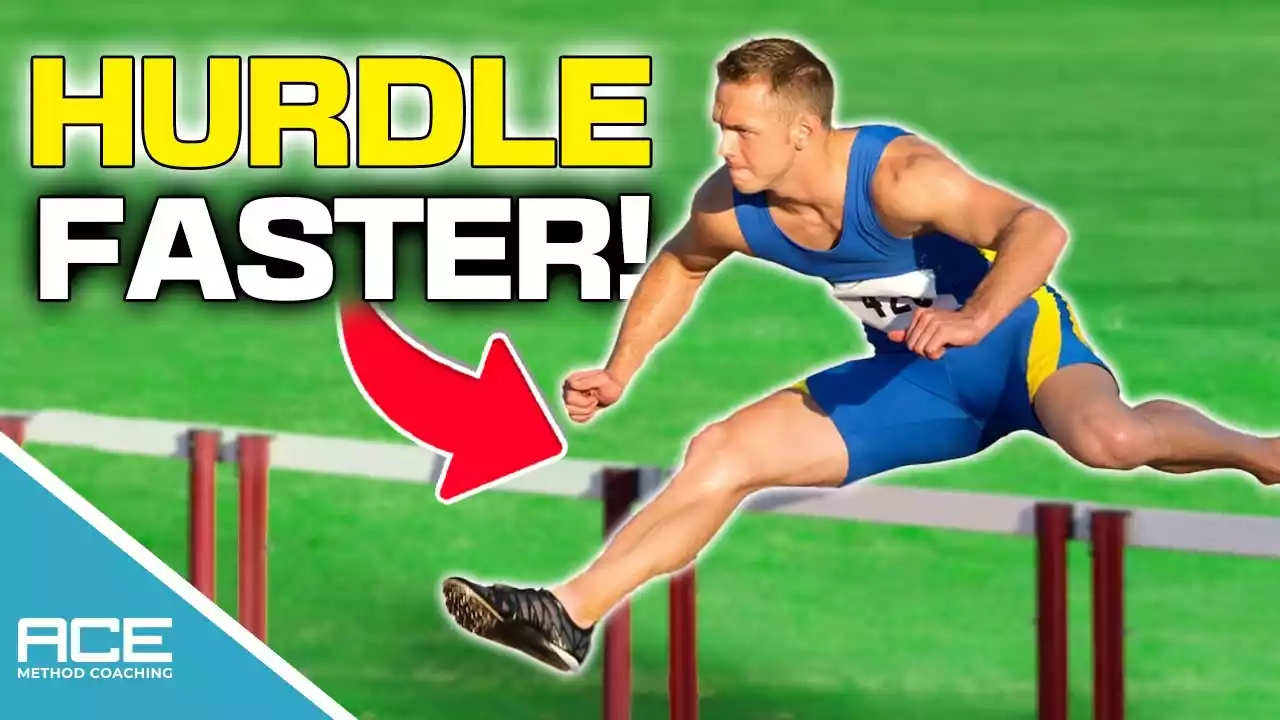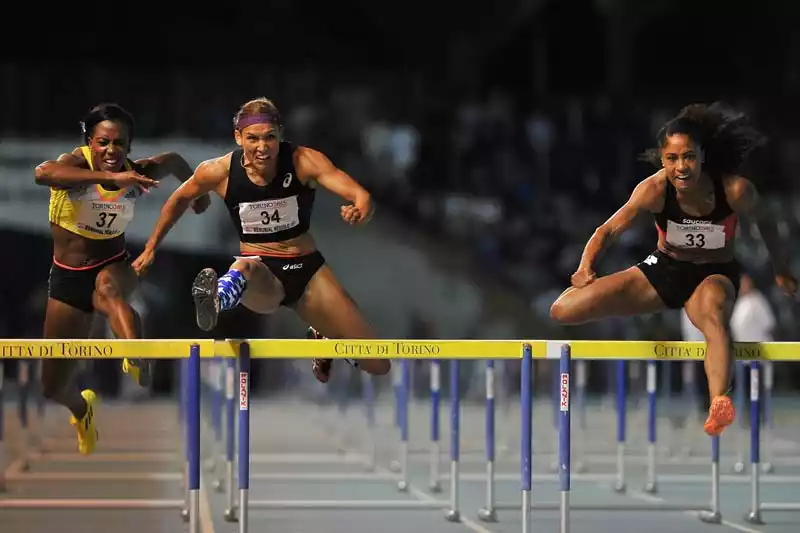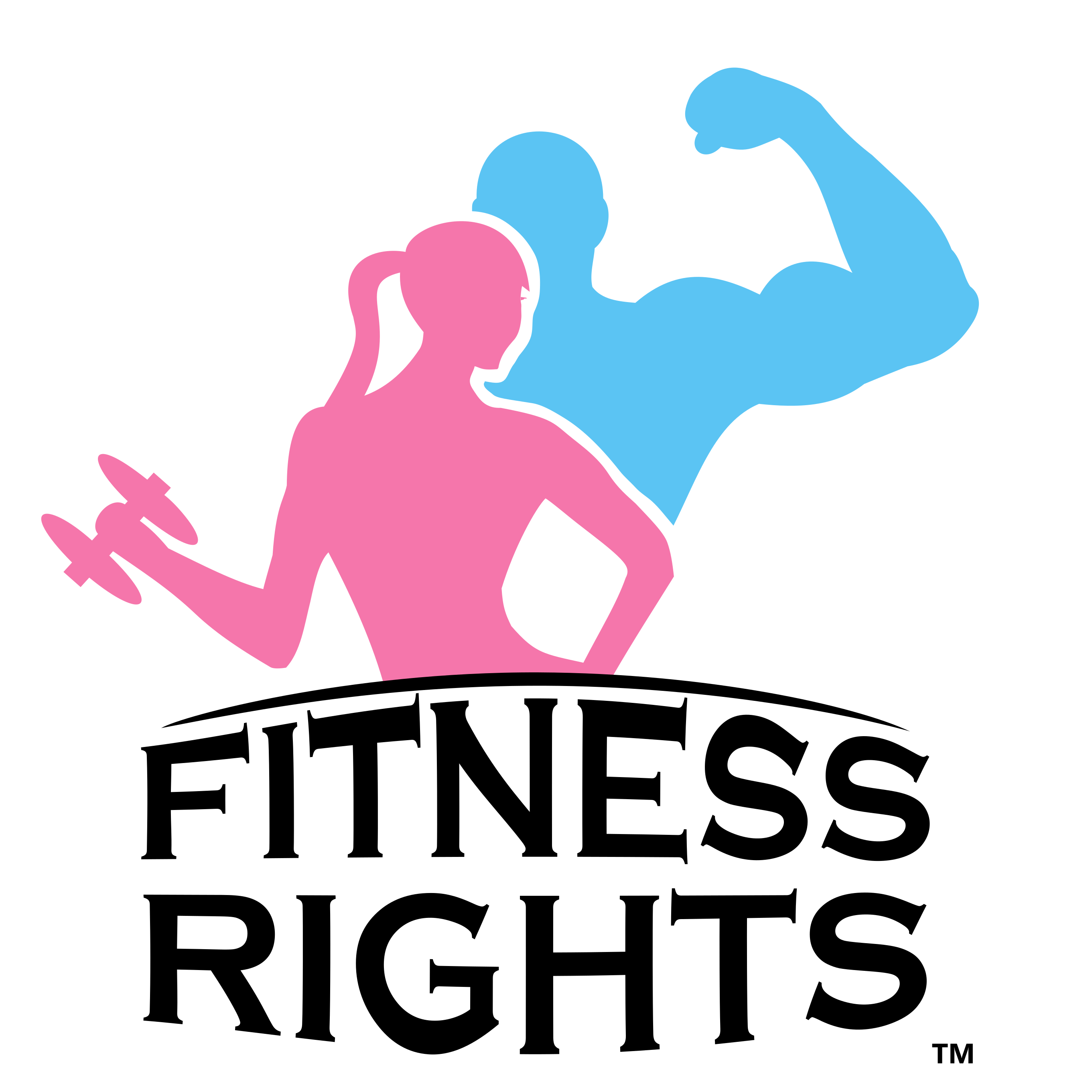Hurdles Techniques Step By Step
Hurdles have been a staple in track and field events since the 19th century, with origins tracing back to England. The sport requires a unique blend of speed, agility, and technique. This guide delves into the intricacies of mastering the 6 hurdles techniques, providing a detailed roadmap for athletes and coaches alike.
Understanding the Basics of Hurdling
History and Evolution of Hurdling
Hurdling has a rich history, dating back to the early 19th century in England. Initially, wooden barriers were used, which evolved into the modern lightweight hurdles we see today. The sport gained prominence in the Olympics, with the 110m hurdles for men introduced in 1896 and the 100m hurdles for women in 1932.
Fundamental Principles of Hurdling
Hurdling combines sprinting with the ability to clear obstacles efficiently. The key principles include:
• Speed: Maintaining high velocity between hurdles.
• Rhythm: Establishing a consistent stride pattern.
• Technique: Efficiently clearing hurdles with minimal loss of speed.
The Six Hurdles Techniques
1. Starting Technique
The start is crucial in hurdling, setting the tone for the entire race. A powerful start can give an athlete a significant advantage.
• Stance: Position yourself in a crouched stance with your dominant foot forward.
• Explosive Push-Off: Use your legs to push off the blocks explosively.
• First Stride: Ensure the first stride is long and powerful to gain momentum.
2. Approach to the First Hurdle
The approach to the first hurdle is critical for establishing rhythm and speed.
• Stride Length: Maintain a consistent stride length to reach the first hurdle efficiently.
• Focus: Keep your eyes on the hurdle, ensuring a smooth approach.
• Body Position: Lean slightly forward to maintain balance and speed.
3. Hurdle Clearance Technique
Clearing the hurdle efficiently is essential to maintain speed and rhythm.
• Lead Leg: Extend your lead leg straight over the hurdle.
• Trail Leg: Keep your trail leg bent and close to your body.
• Arm Movement: Use your arms to balance and propel your body forward.
4. Mid-Race Hurdling
Maintaining speed and rhythm between hurdles is crucial for a successful race.
• Stride Pattern: Establish a consistent stride pattern between hurdles.
• Focus: Keep your eyes on the next hurdle, maintaining concentration.
• Body Position: Stay low and balanced to minimize air resistance.
5. Final Hurdle Technique
The final hurdle can make or break a race, requiring precision and focus.
• Maintain Speed: Keep your speed up as you approach the final hurdle.
• Efficient Clearance: Clear the hurdle with minimal loss of speed.
• Sprint Finish: Sprint towards the finish line with maximum effort.
6. Post-Race Analysis
Analyzing your performance post-race is essential for improvement.
• Video Analysis: Review race footage to identify areas for improvement.
• Feedback: Seek feedback from coaches and peers.
• Adjustments: Make necessary adjustments to your technique and training regimen.
Training Drills for Hurdling

1. Lead Leg Drills
Lead leg drills help in developing the strength and flexibility required for efficient hurdle clearance.
• High Knees: Perform high knees to improve leg strength and flexibility.
• Hurdle Walkovers: Walk over hurdles, focusing on lead leg technique.
• Bounding: Practice bounding exercises to enhance leg power.
2. Trail Leg Drills
Trail leg drills focus on improving the efficiency and speed of the trail leg.
• Trail Leg Swings: Swing your trail leg over hurdles to improve flexibility.
• Hurdle Hops: Hop over hurdles, focusing on trail leg movement.
• Step-Over Drills: Step over hurdles, emphasizing trail leg technique.
Strength and Conditioning for Hurdlers
1. Plyometric Exercises
Plyometric exercises are essential for developing explosive power and speed.
• Box Jumps: Perform box jumps to enhance leg power.
• Depth Jumps: Practice depth jumps to improve explosive strength.
• Bounding: Incorporate bounding exercises to develop leg strength.
2. Core Strengthening
A strong core is vital for maintaining balance and stability during hurdling.
• Planks: Perform planks to strengthen your core muscles.
• Russian Twists: Practice Russian twists to improve core stability.
• Leg Raises: Incorporate leg raises to enhance core strength.
Mental Preparation for Hurdling

1. Visualization Techniques
Visualization helps in mentally preparing for the race.
• Race Visualization: Visualize yourself successfully clearing each hurdle.
• Positive Imagery: Use positive imagery to boost confidence.
• Focus Drills: Practice focus drills to enhance concentration.
2. Goal Setting
Setting realistic and achievable goals is crucial for motivation and progress.
• Short-Term Goals: Set short-term goals for each training session.
• Long-Term Goals: Establish long-term goals for the season.
• Progress Tracking: Track your progress to stay motivated.
Common Mistakes and How to Avoid Them
1. Incorrect Hurdle Clearance
Incorrect hurdle clearance can lead to loss of speed and rhythm.
• Lead Leg: Ensure your lead leg is straight and extended.
• Trail Leg: Keep your trail leg bent and close to your body.
• Body Position: Maintain a forward lean to minimize air resistance.
2. Inconsistent Stride Pattern
An inconsistent stride pattern can disrupt rhythm and speed.
• Stride Length: Maintain a consistent stride length between hurdles.
• Focus: Keep your eyes on the next hurdle to stay focused.
• Rhythm Drills: Practice rhythm drills to establish a consistent stride pattern.
Advanced Hurdling Techniques
1. Three-Step Technique
The three-step technique is used by elite hurdlers to maintain speed and rhythm.
• Stride Length: Ensure your stride length allows for three steps between hurdles.
• Speed: Maintain high speed to execute the three-step technique.
• Rhythm: Establish a consistent rhythm to maintain efficiency.
2. Hurdle Drills for Speed
Speed drills help in improving overall speed and efficiency.
• Sprint Drills: Incorporate sprint drills to enhance speed.
• Interval Training: Practice interval training to improve endurance.
• Speed Hurdles: Use speed hurdles to practice quick hurdle clearance.
Relevant Data Table For The 6 Hurdles Techniques Step by Step:
| Technique | Key Points | Drills |
|---|---|---|
| Starting Technique | Explosive push-off, long first stride | Block starts, acceleration drills |
| Approach to First Hurdle | Consistent stride length, forward lean | Stride pattern drills, focus drills |
| Hurdle Clearance | Lead leg extended, trail leg bent | Lead leg drills, trail leg drills |
| Mid-Race Hurdling | Consistent stride pattern, low body position | Rhythm drills, speed hurdles |
| Final Hurdle Technique | Maintain speed, efficient clearance | Sprint drills, focus drills |
| Post-Race Analysis | Video analysis, feedback | Review race footage, seek feedback |
FAQs:
1. What is the importance of the starting technique in hurdling?
The starting technique in hurdling is crucial as it sets the tone for the entire race. A powerful and efficient start can give an athlete a significant advantage, allowing them to establish momentum and rhythm early on. The key elements of a good starting technique include:
• Stance: Positioning oneself in a crouched stance with the dominant foot forward ensures a strong push-off.
• Explosive Push-Off: Using the legs to push off the blocks explosively helps in gaining initial speed.
• First Stride: Ensuring the first stride is long and powerful aids in building momentum.
2. How can I improve my hurdle clearance technique?
Improving hurdle clearance technique involves focusing on the lead leg, trail leg, and overall body position. Key drills and tips include:
• Lead Leg Drills: Practicing high knees and hurdle walkovers can enhance lead leg strength and flexibility.
• Trail Leg Drills: Trail leg swings and hurdle hops help in improving the efficiency and speed of the trail leg.
• Body Position: Maintaining a forward lean and using arm movement for balance can minimize air resistance and improve clearance efficiency.
3. What are some common mistakes in hurdling and how can I avoid them?
Common mistakes in hurdling include incorrect hurdle clearance and inconsistent stride patterns. To avoid these:
• Incorrect Hurdle Clearance: Ensure the lead leg is straight and extended, the trail leg is bent and close to the body, and maintain a forward lean.
• Inconsistent Stride Pattern: Maintain a consistent stride length, keep your eyes on the next hurdle, and practice rhythm drills to establish a consistent stride pattern.
4. How can I mentally prepare for a hurdling race?
Mental preparation is as important as physical training in hurdling. Techniques include:
• Visualization: Visualizing yourself successfully clearing each hurdle can boost confidence and focus.
• Positive Imagery: Using positive imagery helps in building a positive mindset.
• Goal Setting: Setting realistic and achievable goals for each training session and the season can keep you motivated and focused.
5. What are some advanced hurdling techniques for elite athletes?
Advanced hurdling techniques include the three-step technique and speed drills. Key points include:
• Three-Step Technique: Ensuring stride length allows for three steps between hurdles, maintaining high speed, and establishing a consistent rhythm.
• Speed Drills: Incorporating sprint drills, interval training, and using speed hurdles can enhance overall speed and efficiency.
Conclusion:
Mastering the 6 hurdles techniques requires a blend of speed, agility, and precise technique. From the starting technique to post-race analysis, each aspect plays a crucial role in an athlete’s performance. By focusing on detailed training drills, strength and conditioning, and mental preparation, athletes can significantly improve their hurdling skills. Remember, consistency and dedication are key to excelling in this challenging yet rewarding sport. For further insights and drills, check out Momentum Sports and this YouTube video.
Posts References:
Hurdle Drills Advice from Running Professionals – Momentum Sports
16 Live Hurdle Technique Analysis with 6 High School Hurdlers
